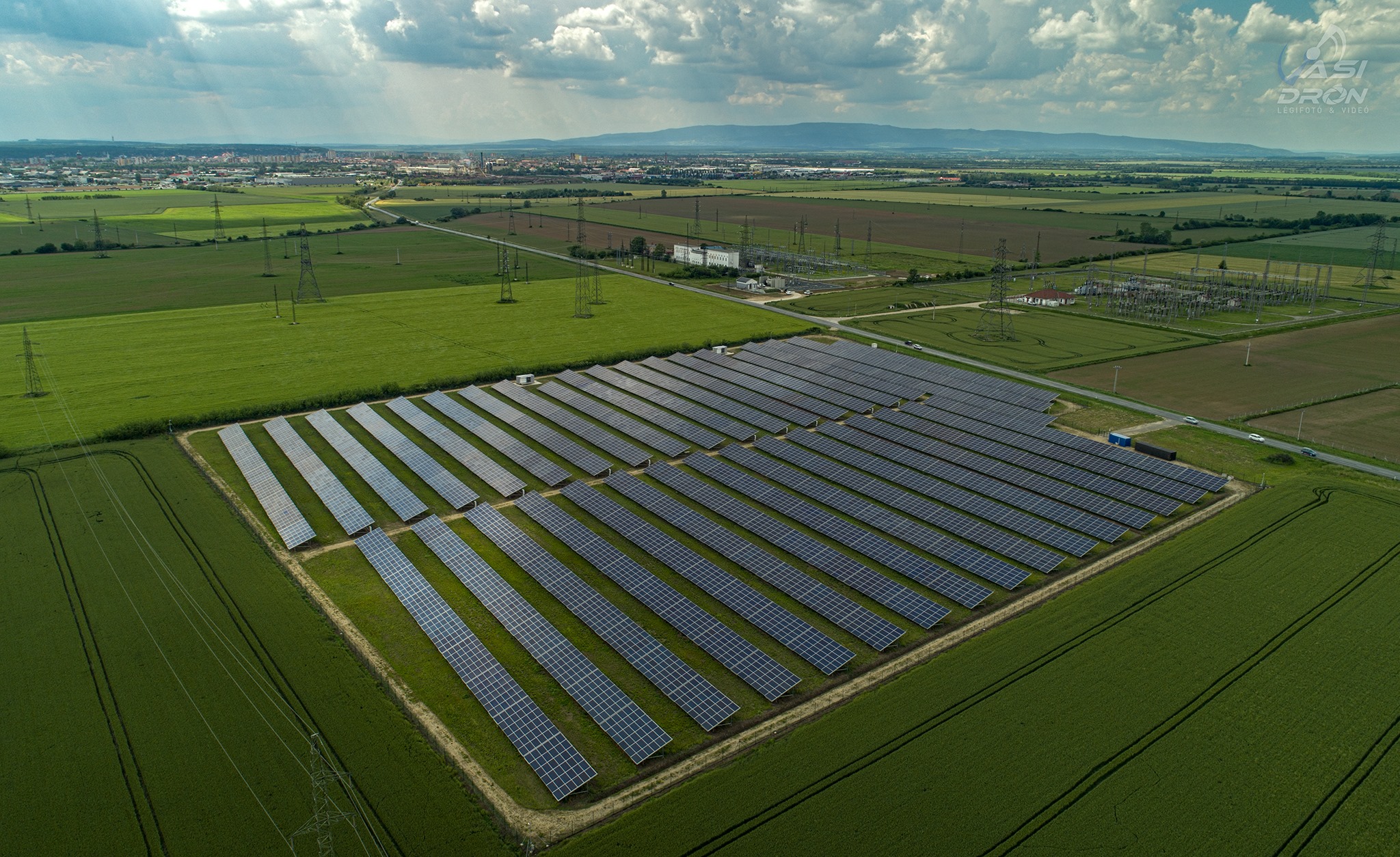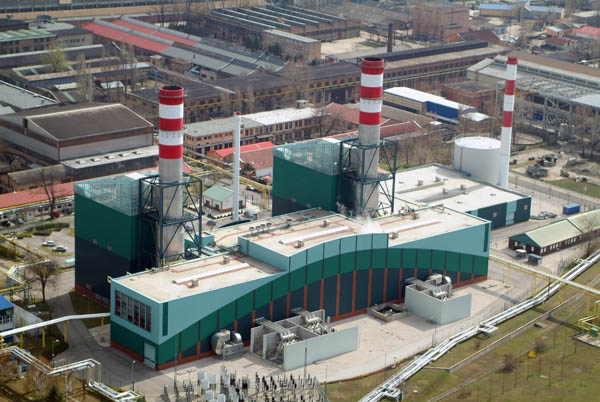Parliamentary State Secretary of the Ministry of Energy speaks about the €435 million electricity network improvements.Continue reading

June was a month of maintenance for power plants in Hungary, but with the contribution of small household plants, there was still enough electricity to meet demand and prices fell, reports Világgazdaság.
The balance of the domestic electricity market in June was much lower than a year earlier. The gross monthly system load was 8.53 percent lower than a year earlier, and only about 2 percent of the decrease can be explained by the fact that the average monthly temperature also fell by 2.4 percent, according to the report of the Hungarian Energy and Public Utility Regulatory Office. The situation would have been even worse without the production of small household power plants, with system load falling by 9.71 percent.
Power plant output fell by 10.65 percent compared to June last year, as planned maintenance for nuclear, lignite and gas plants coincided.
The 2,000-megawatt Paks nuclear power plant was 480 megawatts short in two-thirds of the month and only generated 236 megawatts in the last third. Unit G3 at the Dunamenti power plant (near Buadpest) was not working for two thirds of June and had barely returned to production when the maintenance at the Gönyű power plant (northwestern Hungary) began. The Újpest power plant (4th district Budapest) remained idle, Nyíregyháza Power Plant (northeastern Hungry) was out of production for the whole of June, the Debrecen (eastern Hungary) and Csepel power plants (21st District of Budapest) operated on an ad hoc basis.

The Csepel power plant. Photo via Wikipedia
As a result, gas-fired generation was on average 600 megawatts short in June, with combined generation almost 23 percent lower than in June last year. As the maintenance of Mátra Unit IV (northern Hungary) has been ongoing since May – expected until mid-August, – 224 megawatts of capacity were lost from the plant’s available capacity, and the total domestic fossil capacity was 20.48 percent below that of June 2022.
However, maximum solar generation of 2,533 megawatt-hours is 43.63 percent higher than a year earlier. Overall, renewable generation was 64 percent higher than last year.
In June, Hungarian day-ahead prices averaged €96.57 per megawatt-hour, down 60 percent in a year. True, they were 9 percent higher than in May this year, mainly because they followed the rise in gas prices. Even with lower production, the role of imports has declined: 29.87 percent of domestic supply in May, down from 26.4 percent in June.
European electricity flows in June were mainly driven by high import demand from Germany and strong supply from the Balkans.
This effect was so strong that Hungary was in a net export position vis-à-vis Slovakia,
the Hungarian Energy and Public Utility Regulatory Office pointed out.
Monthly average hourly export capacity was 70 megawatts to Slovakia, while average imports from this direction typically exceeded 1,000 megawatts (2022 average was 1,443 megawatts). Hungary’s two main sources of imports this month were Romania and Serbia, where abundant hydroelectric production and the completion of nuclear plant maintenance in Romania and Bulgaria resulted in strong supply. Imports from Serbia reached 543 megawatts in June, the highest level in a year and a half. However, Hungary has also moved into an import position with all its southern neighbors, including Croatia and even Slovenia.
Via Világgazdaság, Featured image via Facebook/Vasidrón Légifotó-Videó